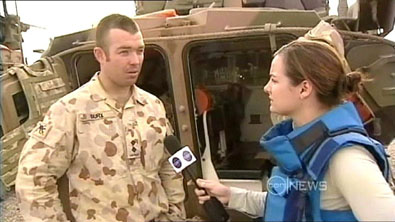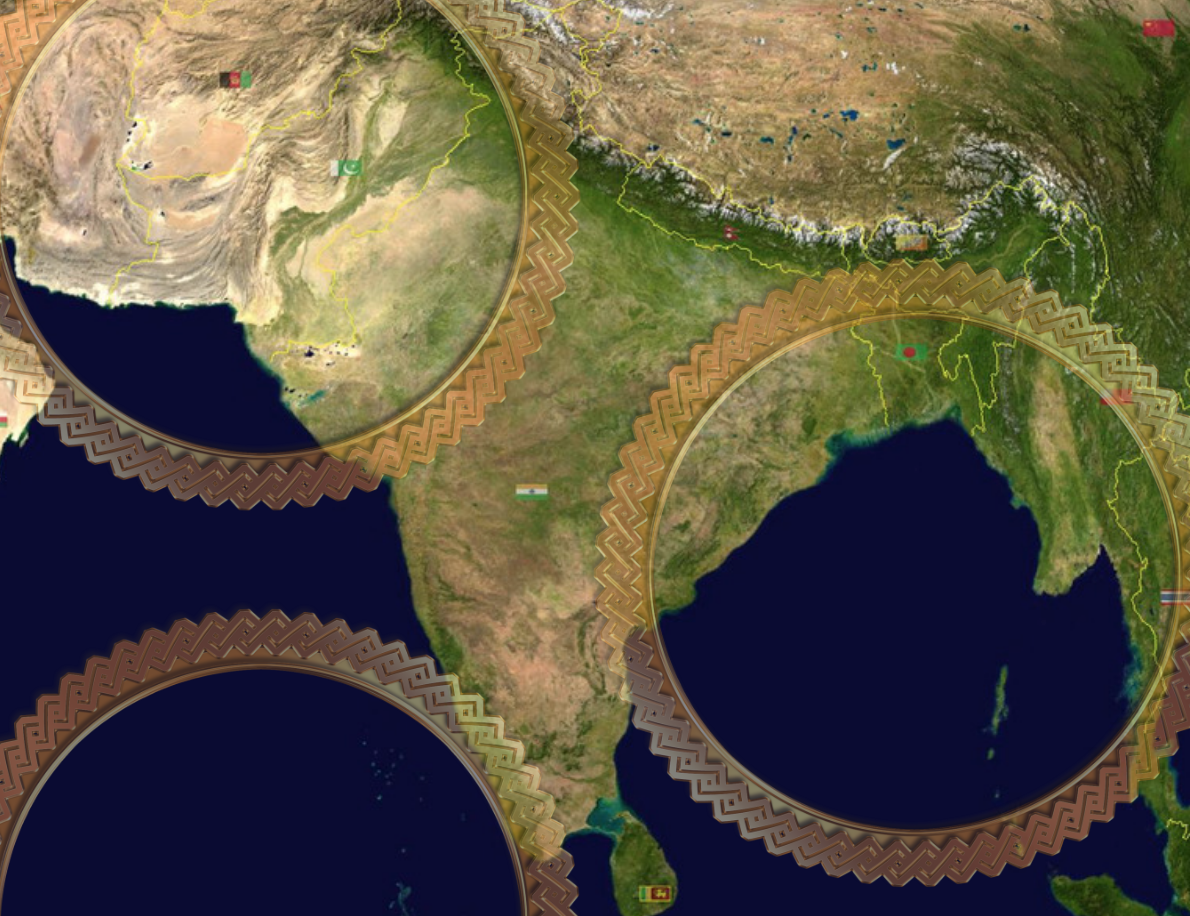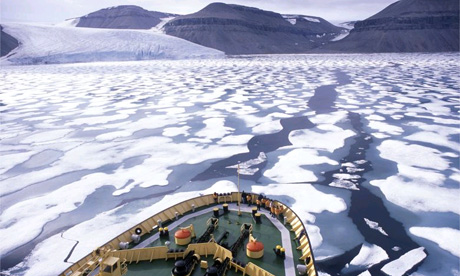Introduction
Journalists have always played an important role in reporting the truth from conflict zones and holding militaries accountable for their actions. Although most of their reporting may not be objective, it brings the public closer to what is happening in wars far from their homes. Photos such as the famous picture of Phan Thj Kim Phuc after the napalm attack in Vietnam are important images reminding us of the atrocities of war.
With better technologies journalists are now able to report directly from the frontline via satellite phone bringing them closer to the conflict than ever before. This has led to a rise in journalists’ deaths in conflict zones in the last decade. Most of the reporting from the 1991 Gulf War was done from hotel rooms, where the journalist was reporting what he could see from afar. Increasingly, journalists are embedded directly within the military, meaning that in some cases, they live and sleep with the soldiers and thus experience the same dangers.
What is a conflict zone?
The U.S Department of Defense states that a ‘zone of armed conflict means a foreign country or other foreign geographic area outside the United States that is designated by the Secretary of State as an area where there are exceptional levels of armed violence.’
Journalists’ deaths in numbers
Having analysed the countries in which the deaths occurred there is an identifiable shift in the geographical regions in which the journalists have died. From 1992 until 1999, Algeria was consistently in the top 10 deadliest countries, ranking first from 1994 until 1996 and placing second in 1993. Russia and Colombia are also consistently ranked in the top three deadliest countries for journalist. From 1992 to 1999 Russia appeared in the list four times and Columbia appeared in the list three times over the eight-year period. The shift occurs in 2001 after the 9/11 attacks and with the War on Terror in Afghanistan. From October to December 2001 there were nine journalist deaths in Afghanistan alone which is a higher number than the number of soldiers’ deaths in that same period. What is very surprising is that after the initial increase, there are no more journalist deaths in Afghanistan until 2006. After this, Afghanistan consistently ranks outside of the top 5 deadliest countries with two deaths per year from 2007 through to 2011. There have been more journalists killed in Mexico’s drug war than in Afghanistan showing that journalists continue to be at risk in both South and Central America.
Although there have been a surprisingly low number of journalist deaths in the war in Afghanistan, this has not been the case in Iraq. From 2003 until 2008 Iraq was the deadliest country for journalist deaths with a significantly higher number of deaths than any other country, usually over three times the number. From 2004 to date, the only country from South America to feature in the top three was Honduras in 2010 with three journalist deaths. There has been a recent geographic shift in violence against journalists from Algeria and South America to Iraq, the Philippines, Pakistan, Somalia and more recently Syria.
Who and how?
An important factor is the circumstances of death and whether the journalist was a local or foreign correspondent. There has been a 69% rise in death by murder since 2000. This occurs when the targets are killed in direct relation to their work. There was however a greater increase in combat related death with a 185% increase. Furthermore there was a similar increase in death while covering a demonstration, riot or clashes between rival groups and mob situations of 184%. This means that although there has been an increase in death by murder, it is significantly more important to explain the rise in deaths by both dangerous assignments and military combat.
From 1992 to 1999, only 14% of those killed were foreign journalists. This has slightly decreased to 12% of those killed from 2000 to date. This means that most of the journalists killed are local and that with the influx of foreign correspondents into Iraq in 2003, the ratio remained unchanged. The reasons for these deaths will be looked at in the next part of this series.
Conclusion
In conclusion there has been a significant rise in journalists’ deaths since the 2000s. This began with a rise in deaths in late 2001 with the War in Afghanistan and continued with high numbers of journalists’ deaths in Iraq. With insurgents in Iraq, drug cartels in Central America and government officials in the Philippines no longer considering journalists as protected under the laws of war, it is not surprising that more journalists are dying than in the past. Although the dangers in Iraq have decreased, journalists now face dangers in Syria where they are being targeted by both the government forces and certain rebel groups meaning that the number of journalists’ deaths will not be falling in the near future. Journalists must be aware of the rising dangers and increased targeting.



